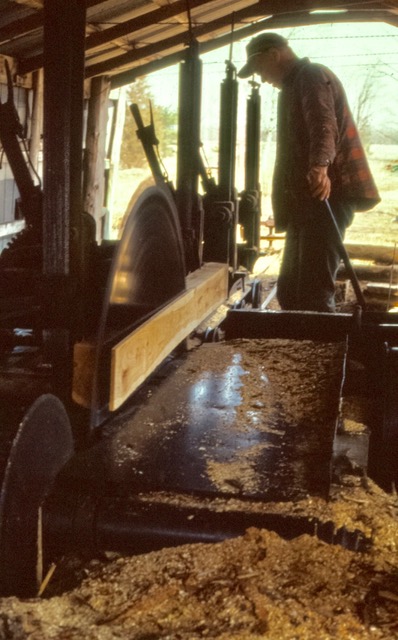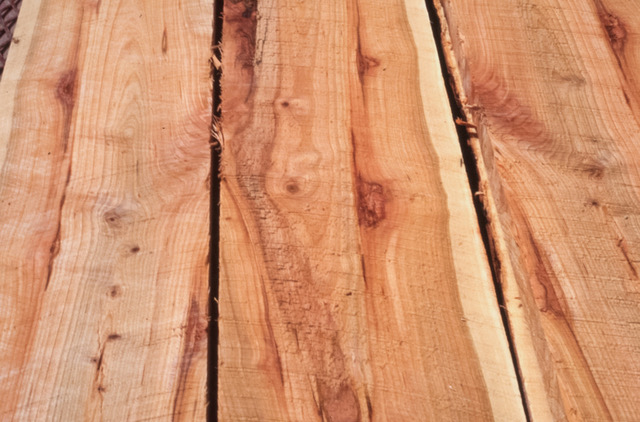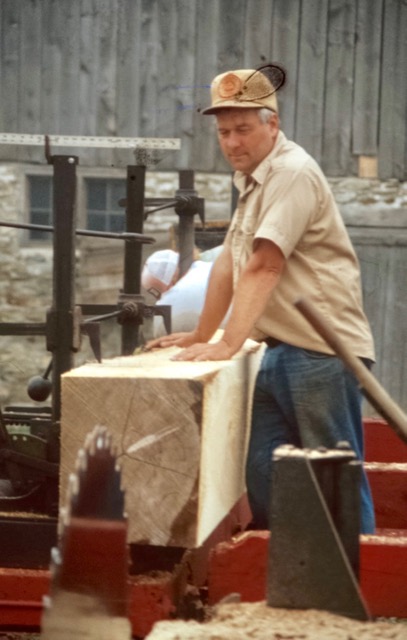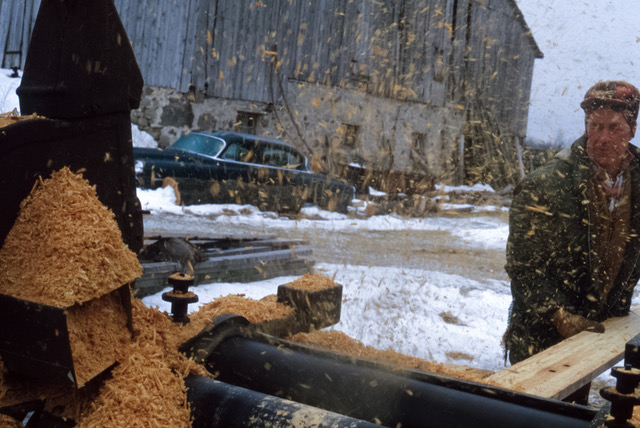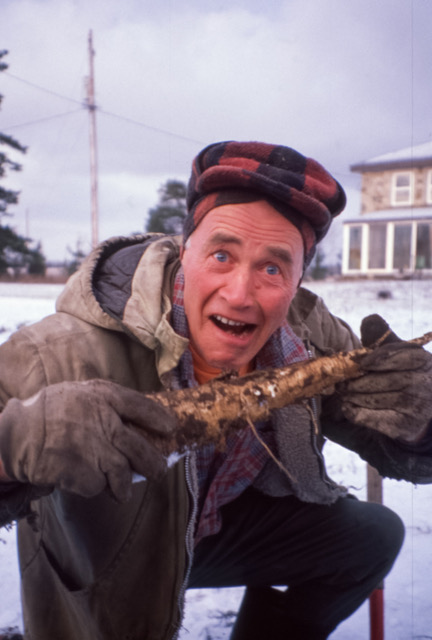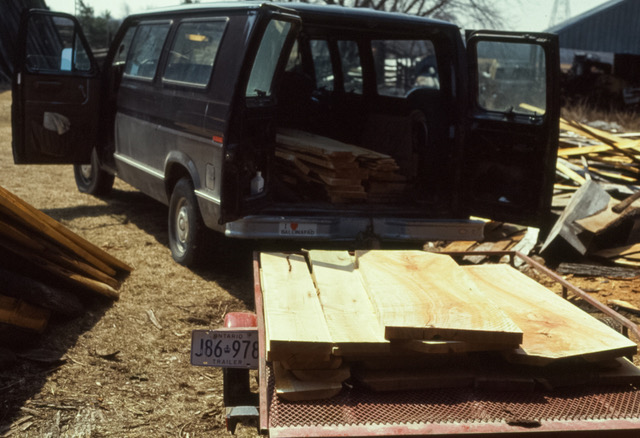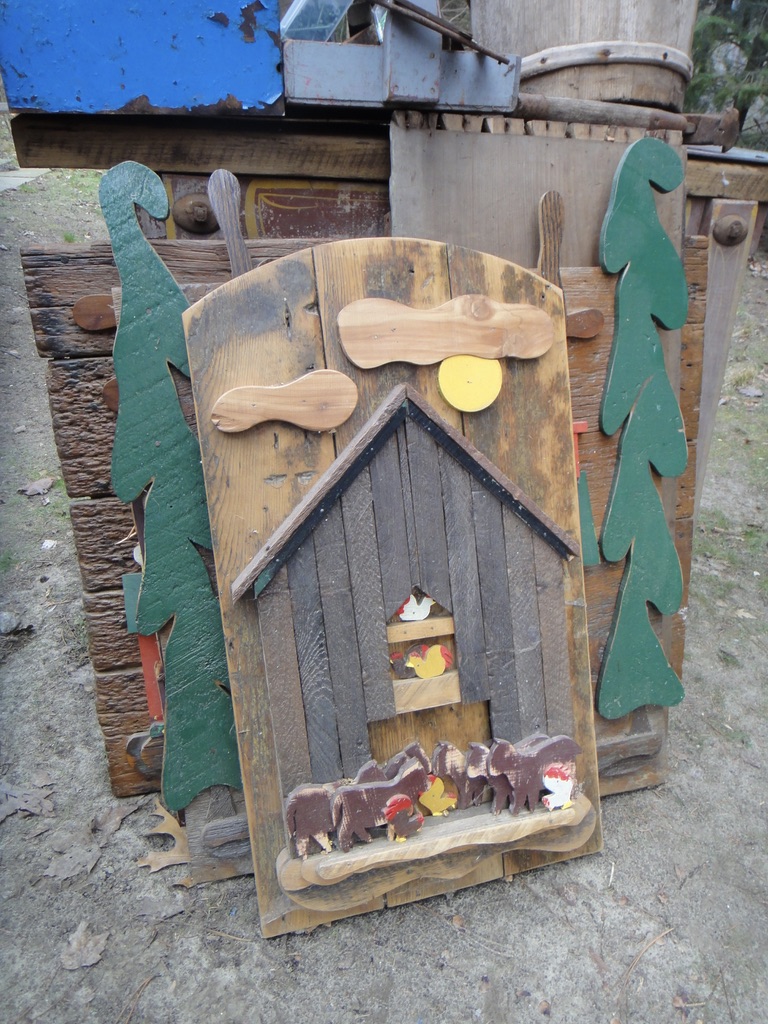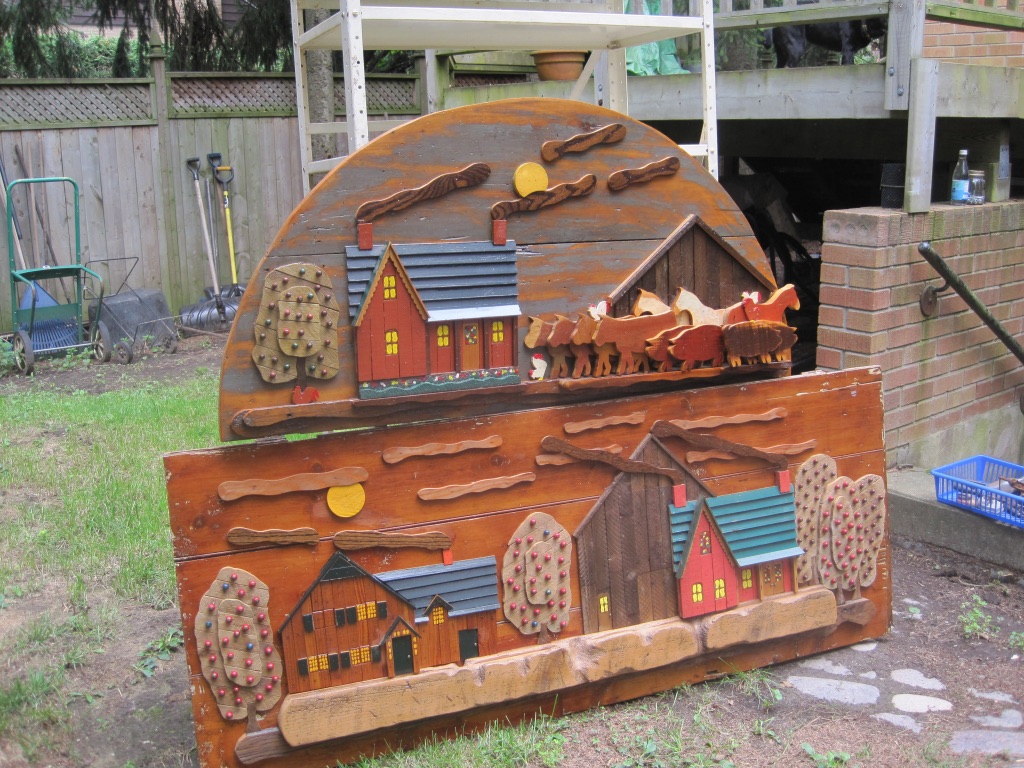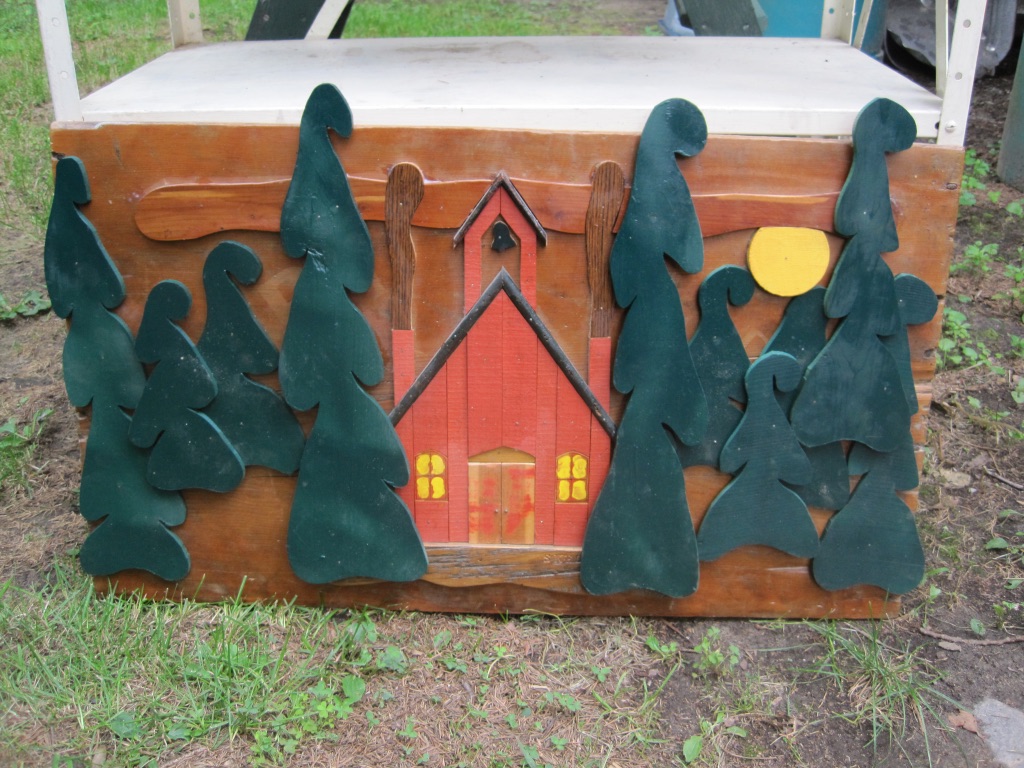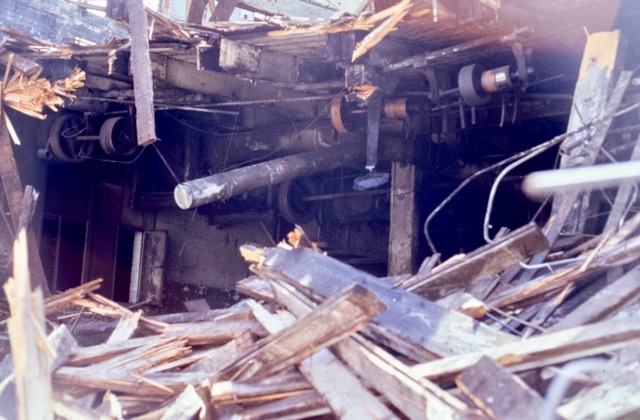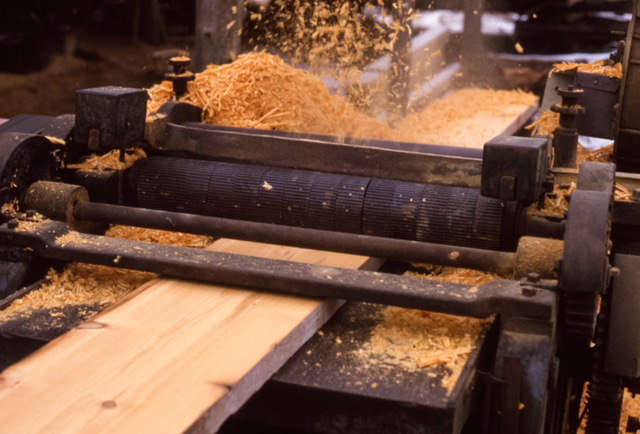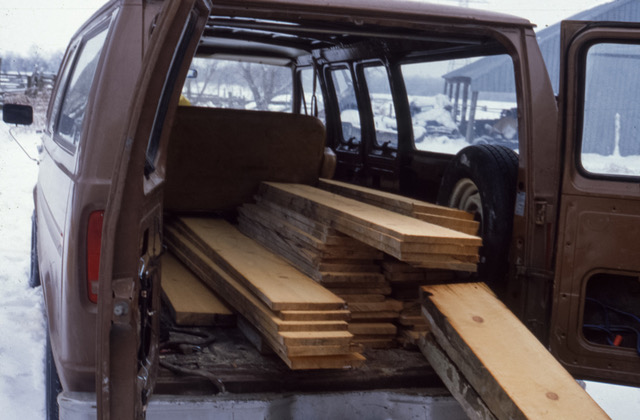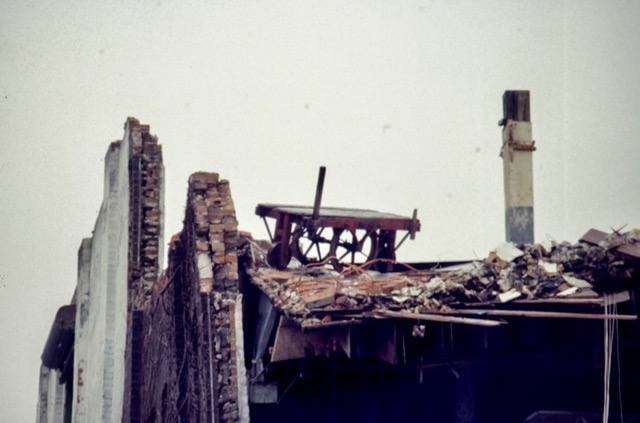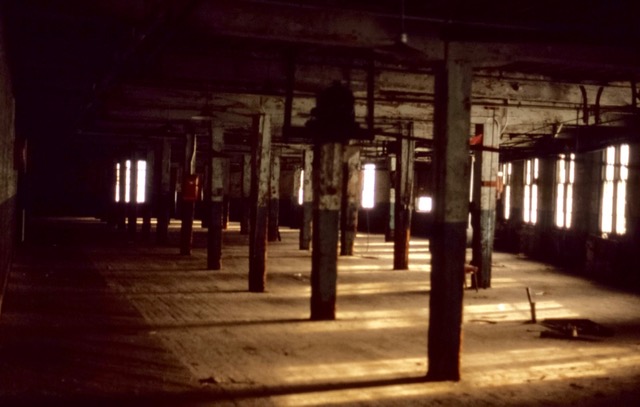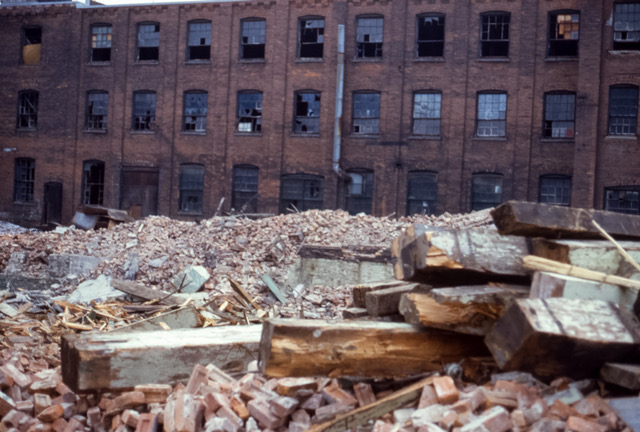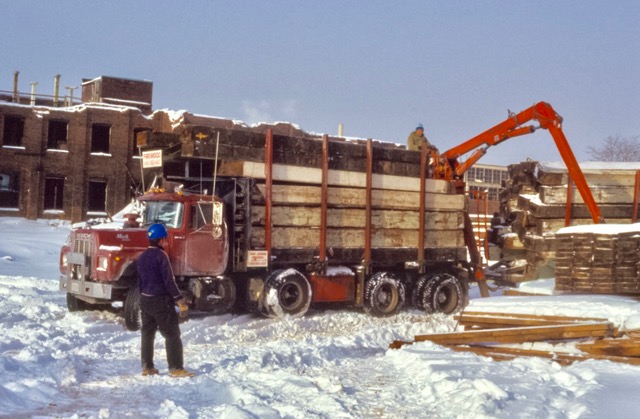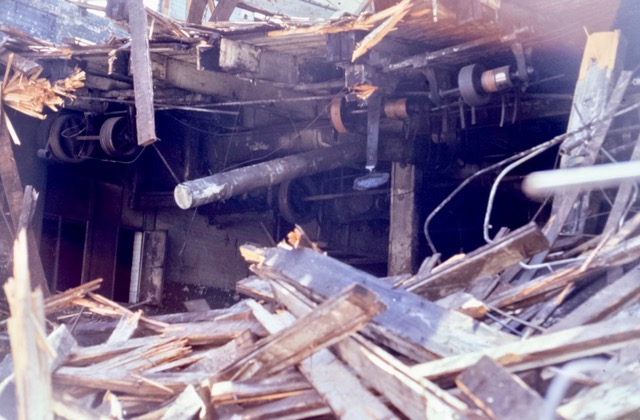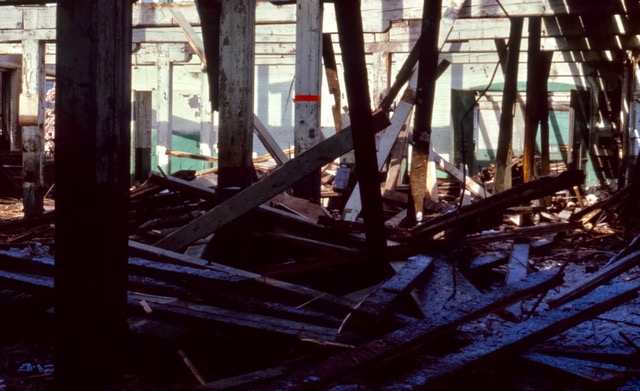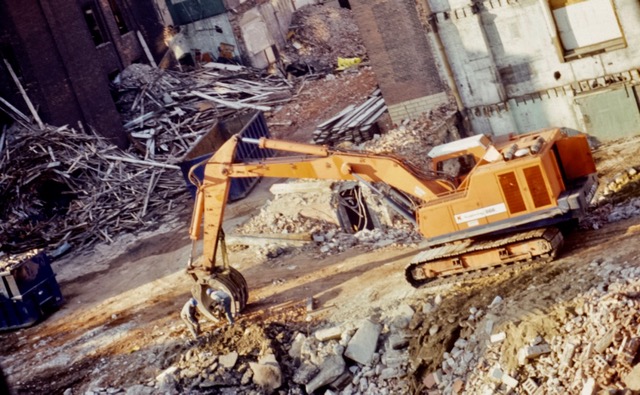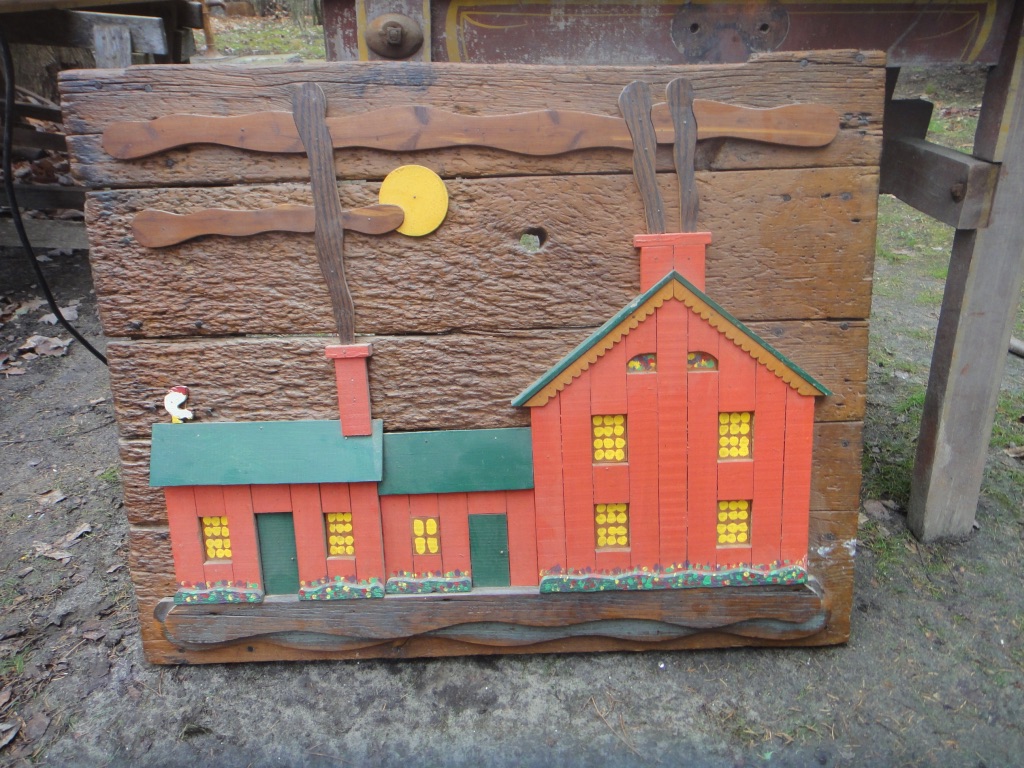


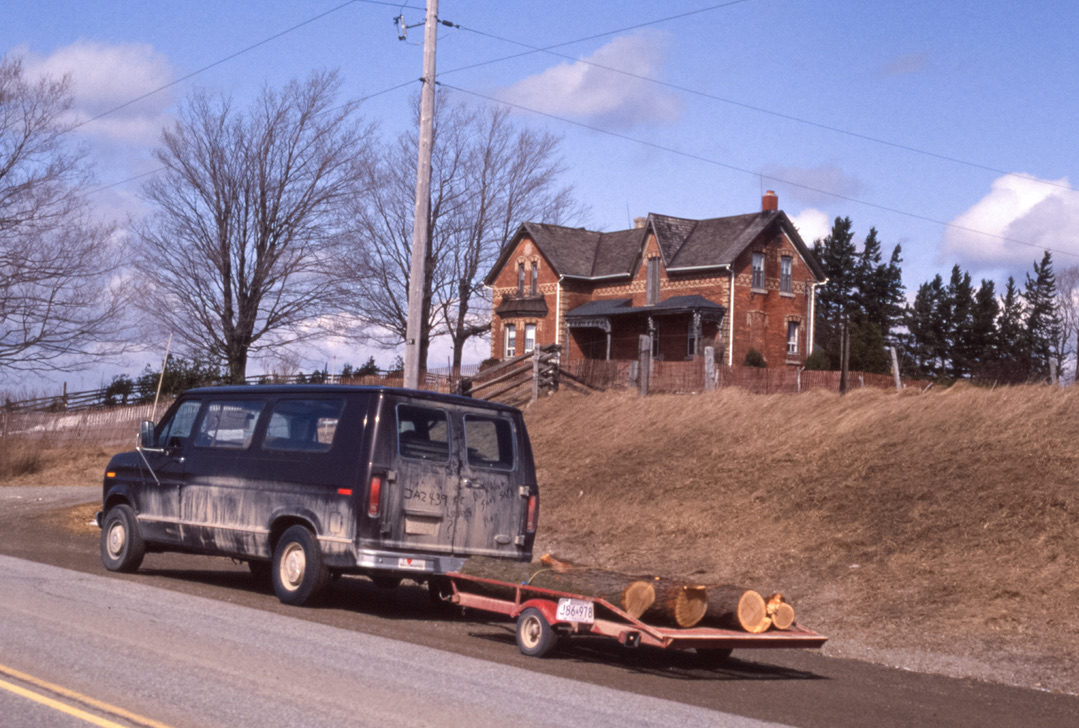

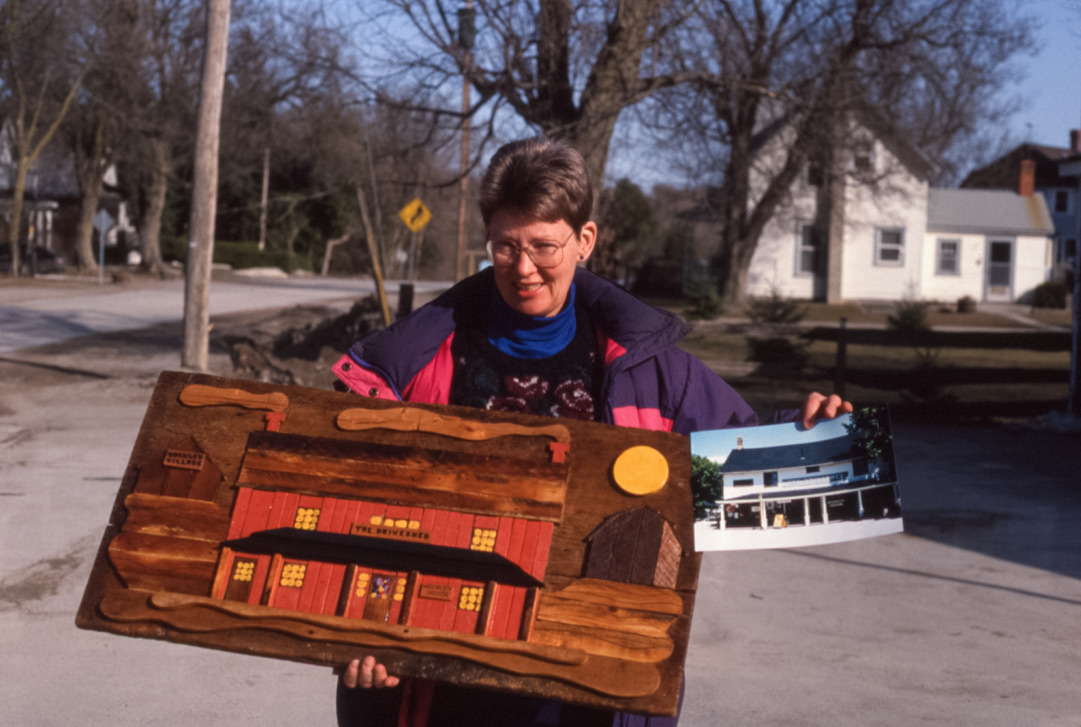

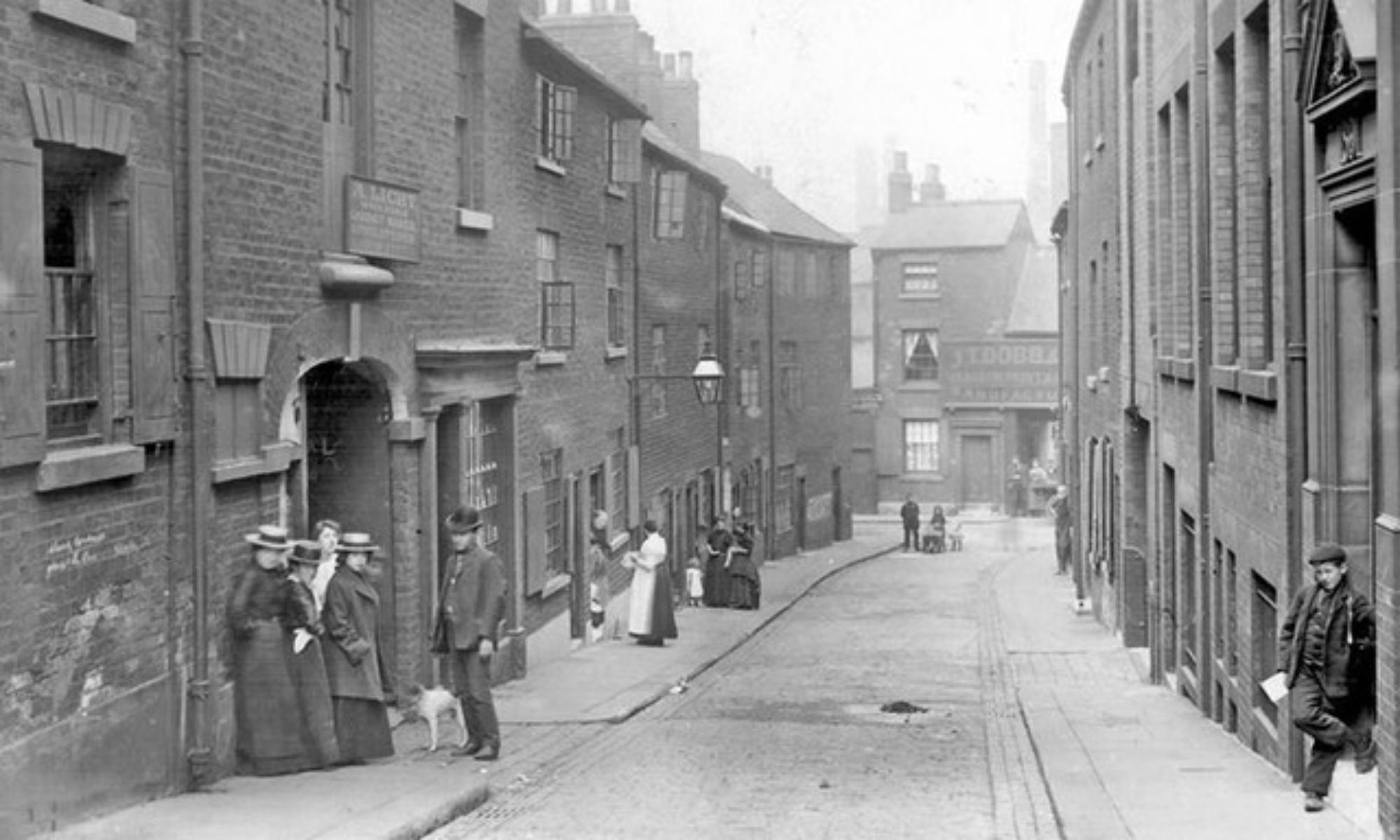
Alan's Oeuvre







Begin forwarded message:
From: ALAN SKEOCH <alan.skeoch@rogers.com>Subject: Fwd: EPISODE 292 MY LAST CLASS AT PARKDSLE C. I….1999Date: March 22, 2021 at 5:03:28 PM EDTTo: Alan Skeoch <alan.skeoch@rogers.com>
Begin forwarded message:
From: ALAN SKEOCH <alan.skeoch@rogers.com>Subject: EPISODE 292 MY LAST CLASS AT PARKDSLE C. I….1999Date: March 22, 2021 at 4:22:10 PM EDTTo: Marjorie Skeoch <marjorieskeoch@gmail.com>, “alan.skeoch@bell.net” <alan.skeoch@bell.net>, John Wardle <john.t.wardle@gmail.com>, Parkdale Collegiate Alumni Association <info@parkdalecialumni.com>, “marilyn.holmes” <marilyn.holmes@rogers.com>
EPISODE 292 MY LAST CLASS AT PARKDALE C. I….1999alan skeochMarch 2021
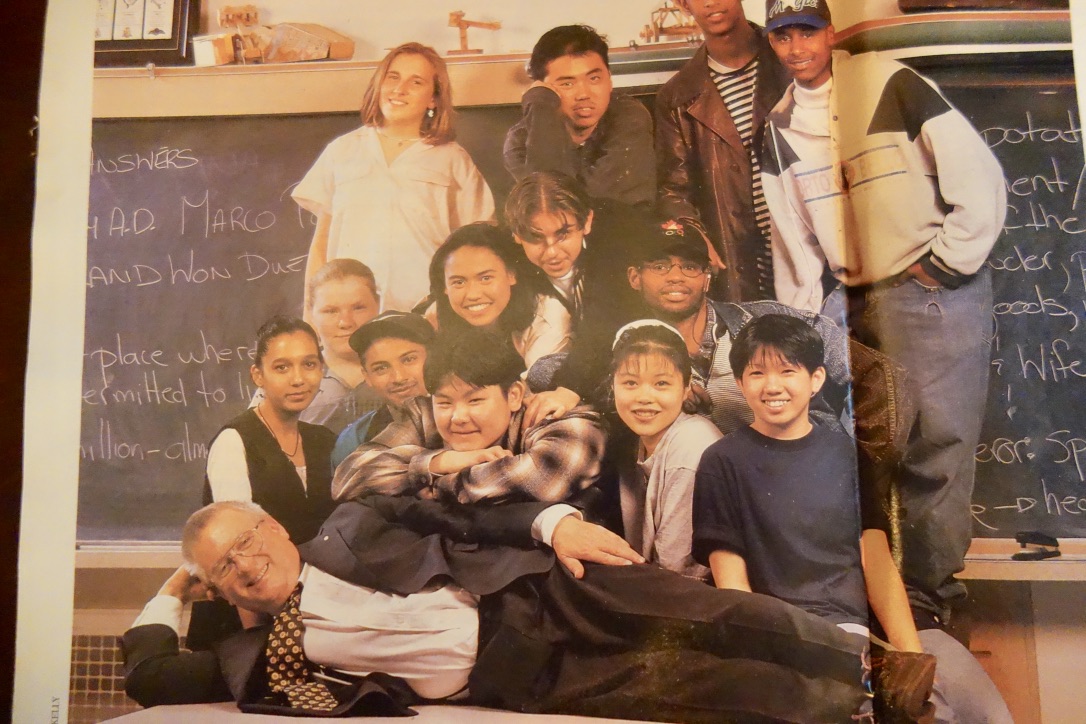
Time has a habit of slipping by. One year to the next. No way to slow it down exceptpossibly by this current pandemic. Isolation slows us all down which is not a badthing. Gives us time to asses our lives and maybe discover what is really important…thesingle grain of wheat among the chaff as it were.By chance I came across this picture of my last class. Our union, OSSTF, send aphotographer to see if I was laying down on the job. Retiring before really retiring.I was caught…lying horizontal on my desk while my class did whatever theywanted to do. Guess what they decided? They decided to lean on me! I think thereis a song about that.Now take a moment to look at each face. By now these kids are 22 years older. Most are likely married with kids of their own.It is comforting to feel that our country is in such good hands.alan skeochMarch 22, 2021
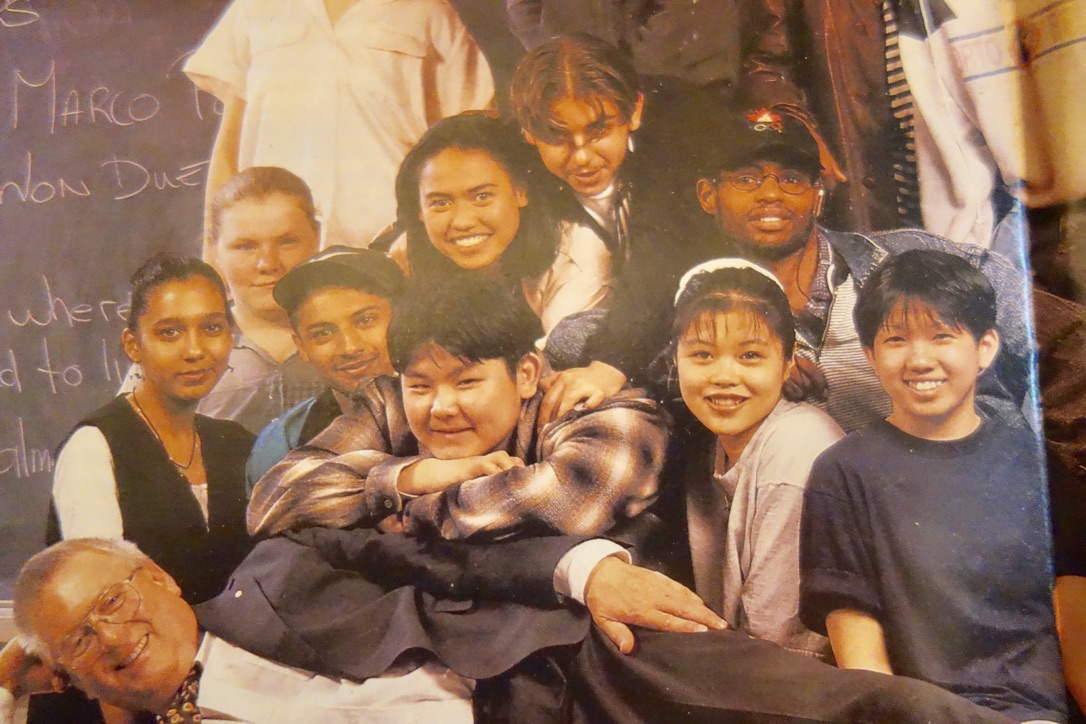

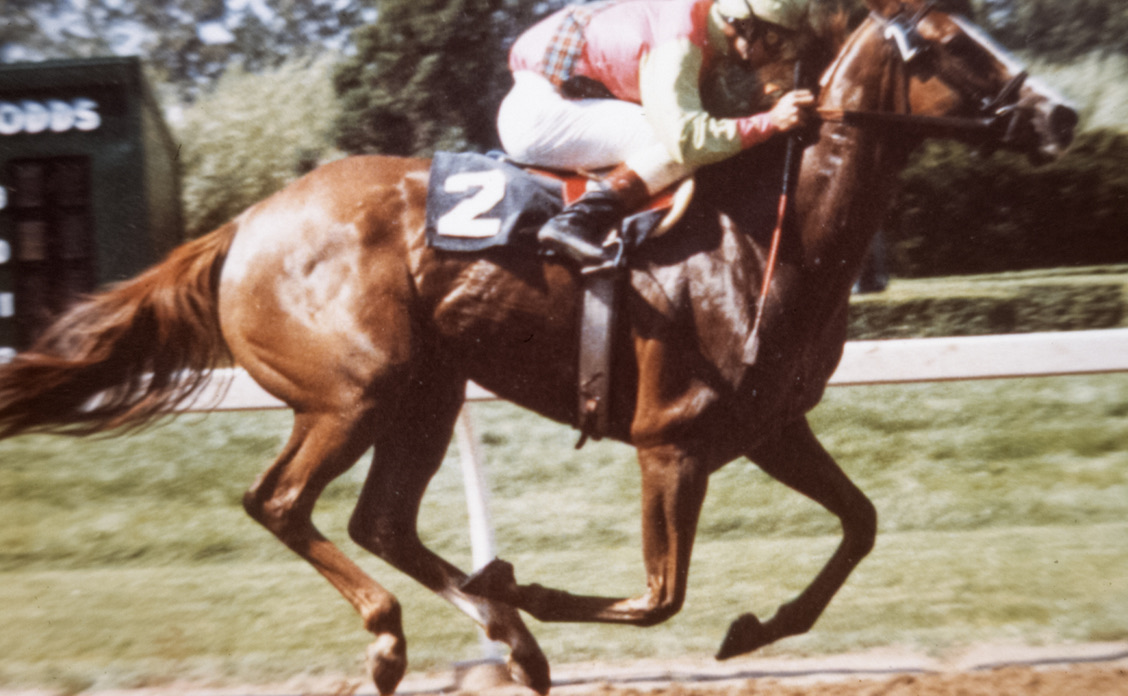




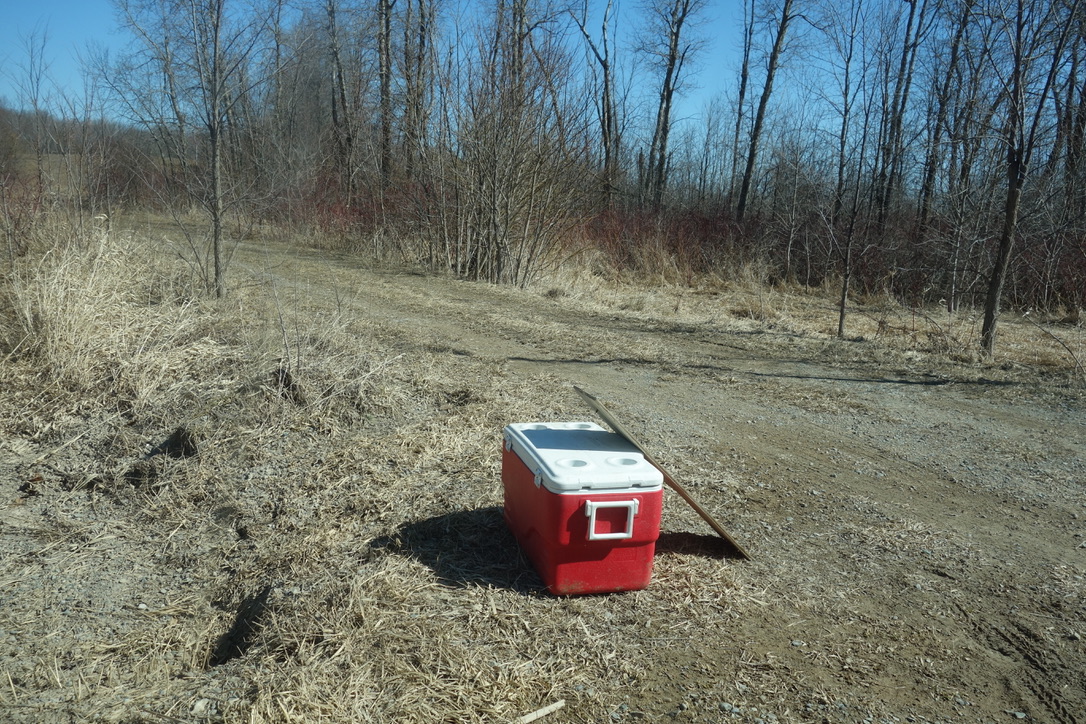

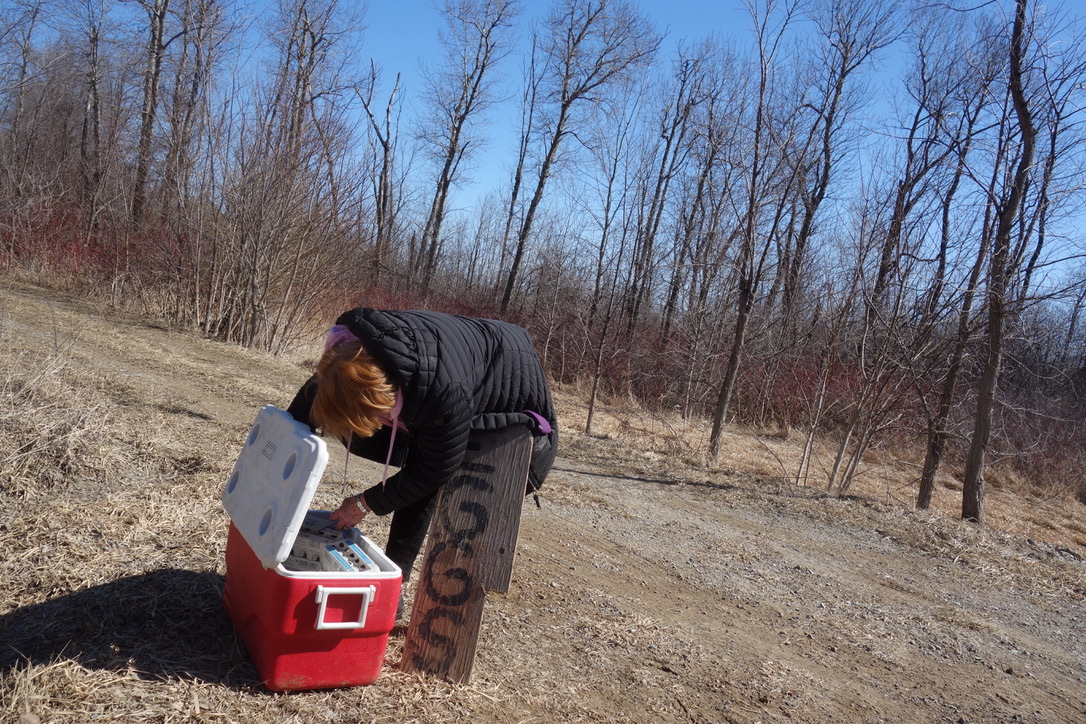
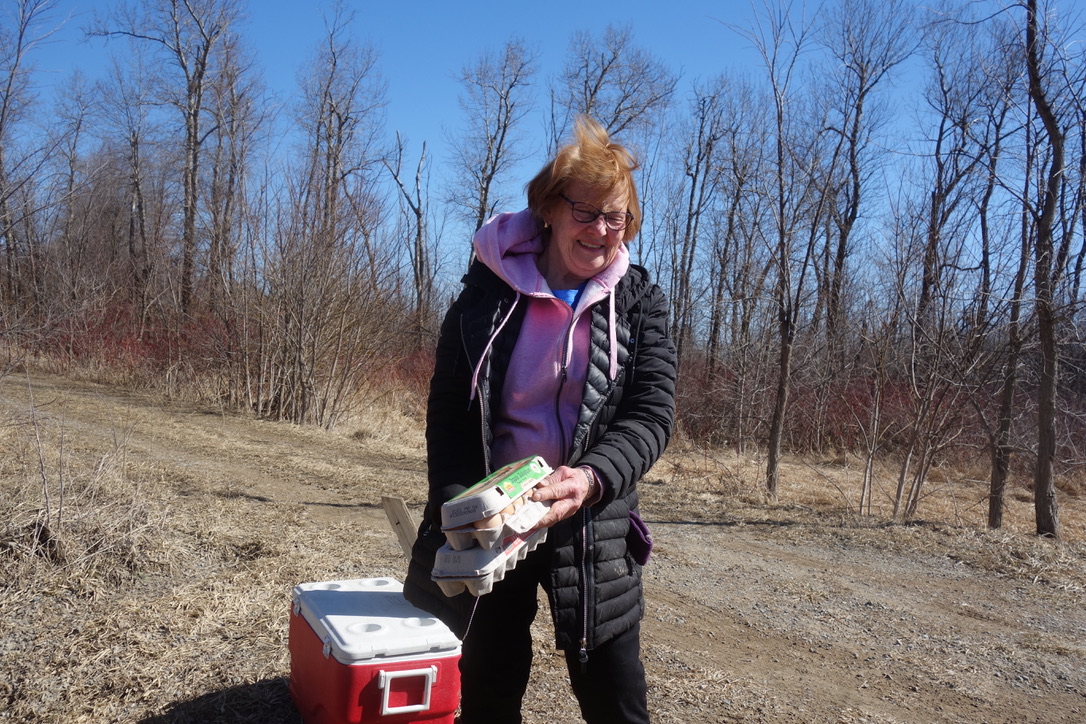
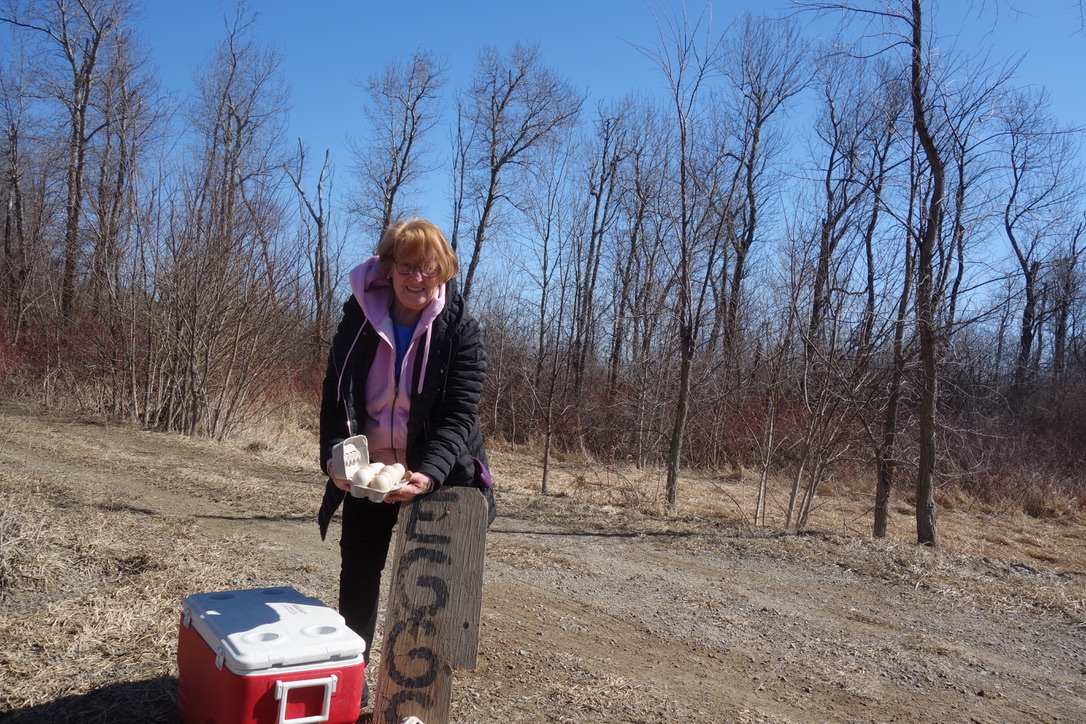
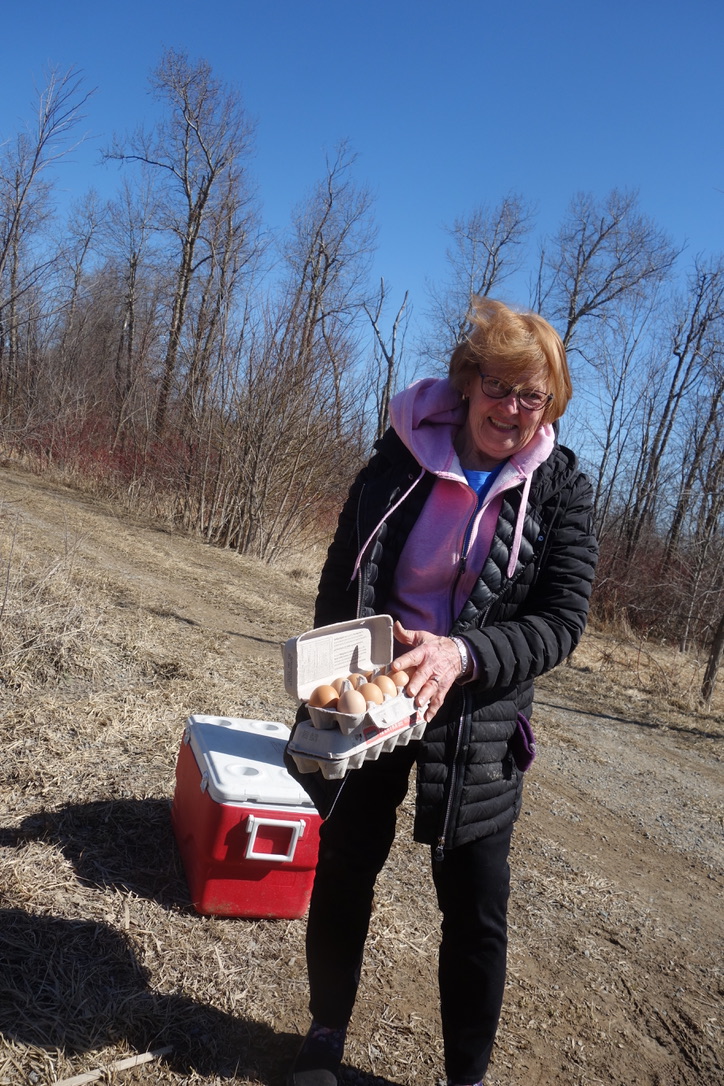
EPISODE 288: FARMING WITH JOHN AND ELEANOR CALDERalan skeochMarch 2021
FARMING in Ontario has changed. Many farms have been combined into large holdings of several thousand
acres. Corporate farms. These farms specialize in production of various grains…wheat, oats, flax, corn, soybeans.
Eleanor is the big sister…oldest of the the four Townsend children…and the hardest working in my opinion. Jim and Owen will be
offended by that remark. So be it. If a cow had to be rolled helped with a calf. Eleanor was there. If kittens got out of control….I counted

Six of the Skeoch ‘kids]’…left to right, Marguerite (Skeoch) Metcalfe, Lena (Skeoch) Tosh
Elizabeth (skeoch) Townsend, back row…John Skeoch (Saskatchewan farm 3,200 acres),
John Skeoch (Art Skeoch’s eldest son, spent his youth at the Skeoch farms as
we did. John and I had the thankless job of being executors at the sale of the home Skeoch farm.)
All of my pictures of Eleanor Townsend seem to show her at work. She is a
Alan Skeoch … holding a lamb …taking credit for the work of others…i.e. the ewe, John
who cornered the ewe on a cold March evening, Eleanor who helped the ewe put out the lamb.
There is no money in raising sheep I am told. No one told that to John and Eleanor. They loved the
The story of this farm house will come as a separate Episode. The house, to my mind, demonstrates
the triumph of the human spirit.
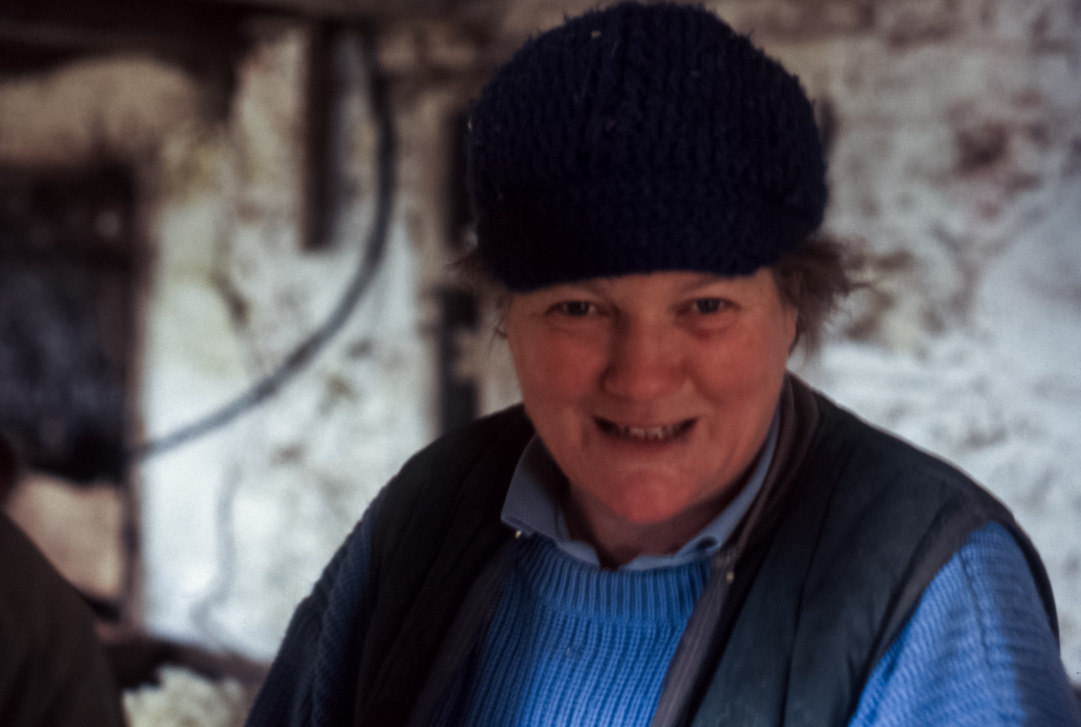

EPISODE 287 MASSEY FERGUSON DEMOLITION BITS AND PIECES OF THE FACTORY WOOD QUILTS OUT OF THE ASHESalan skeoch
march 2021
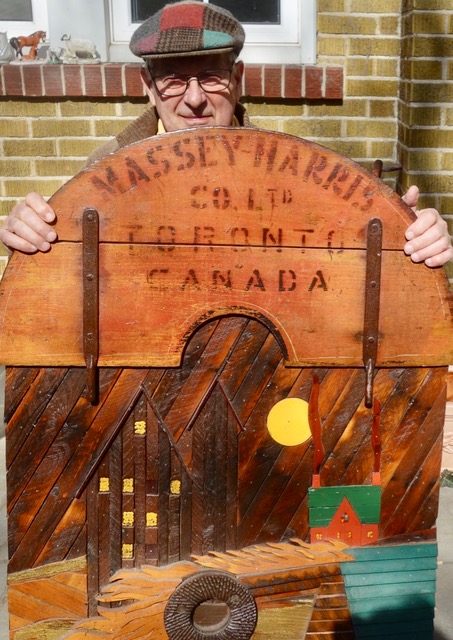
WELL this is the end of the Massey Ferguson Demolition series. Just a few bits and pieces that were notwoven into a story form. Some pictures of the Massey machines made at the factory. And some moreof the wood quilts made from some of the Massey Ferguson salvage and snow fence, old house shutters,lath from plaster walls… A mish mash.1) Uncle Norman’s Massey Harris combine harvester circa 1950….while combining it picked up
a rock which dented the cylinder and could not be fixed even thought Uncle Norman tried to fix it
2) Below are a selection of Massey Harris machines…most of them are designed
That’s one of our sons, Andrew. siting on a Massey Harris tractor. Note he is replicating the
sounds the tractor would make had the motor been running.
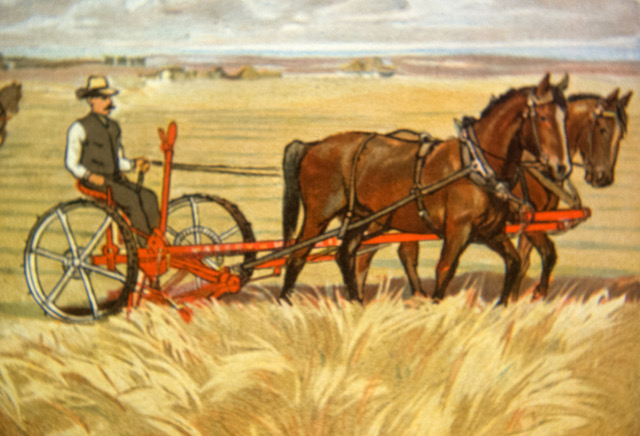 I an not sure where this ancient tractor was made. It is a Massey Harris machine however.
I an not sure where this ancient tractor was made. It is a Massey Harris machine however.
3) A selection of my fold art. Please do not feel I am trying to sell. Just having fun.
END EPISODE 287
Post Script: Who were the Masseys?




